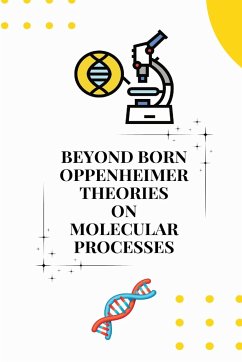Born-Oppenheimer (BO) theory and its treatment for solving molecular Schr¿odinger Equation (SE), as proposed1 in 1927 and later on with Huang2 in 1954, has been the cornerstone of our understanding of chemical processes employing quantum chemistry. The triumph of BO treatment lies on the huge mass difference of electrons and nuclei allowing us to separate their motions while studying molecular quantum mechanics. The approximation allows us to study the electron dynamics which parametrically depends on the nuclear positions. In the limiting situation of such mass differences (me MN), the BO approximation could able to describe some of the chemical processes satisfactorily that mainly occur at lower energy regimes of ground electronic state. However, nature exhibits a whole range of molecular phenomena where we observe a violation of such a 'celebrated' approximation. These situations arise whenever electronic and nuclear motion gets coupled owing to different reasons that leads to what is known as nonadiabatic events. Simplest instances are photosynthesis, vision, charge transfer chemical reactions, solar energy conversion and photochemical reactions, all of which involve electronically excited states and thus, cannot be fully accounted for if considered solely from a BO per-spective. Owing to such range of nonadiabatic phenomena, failure of BO approximation is encountered quite often in nature rather than rarely.








